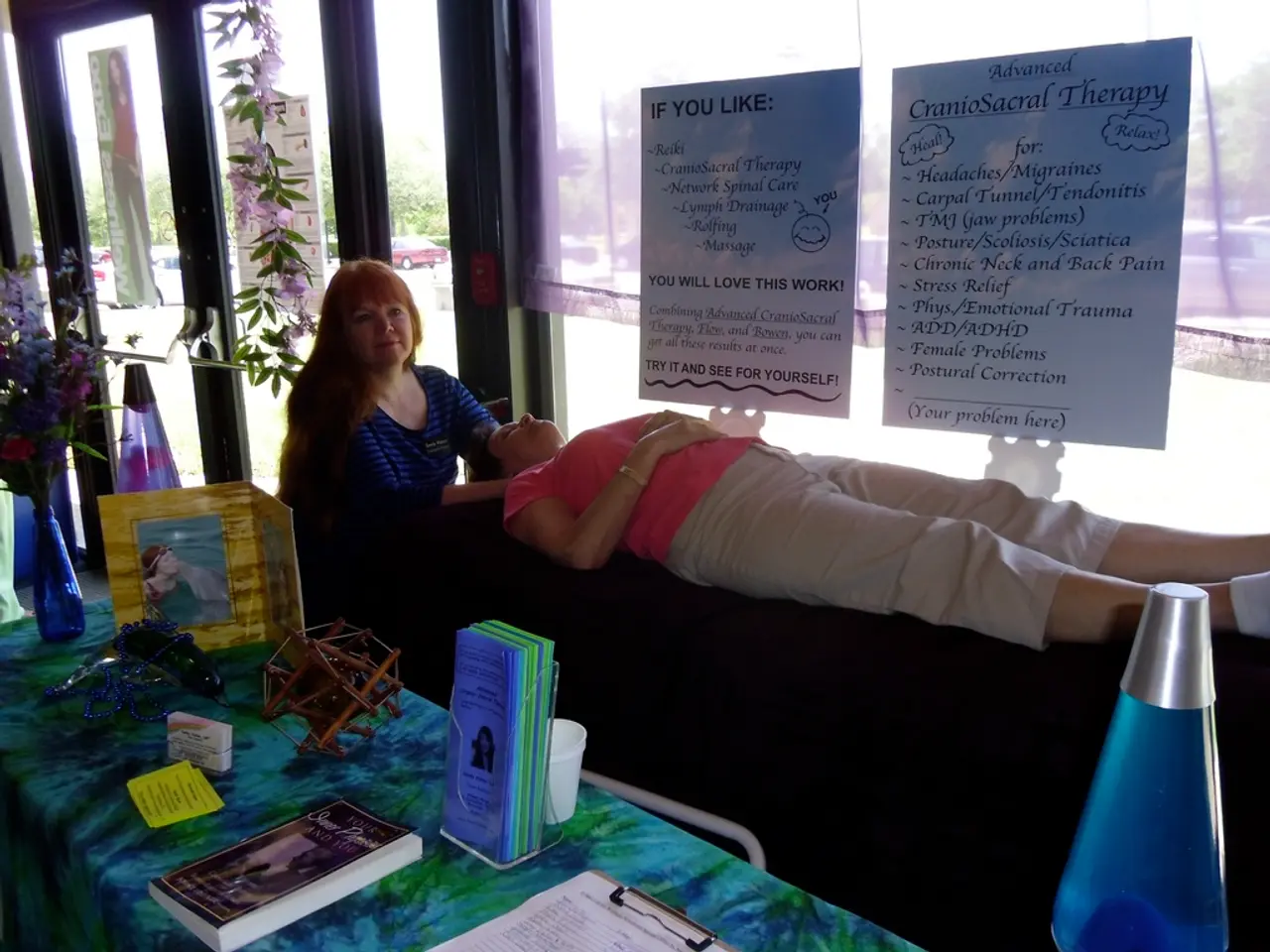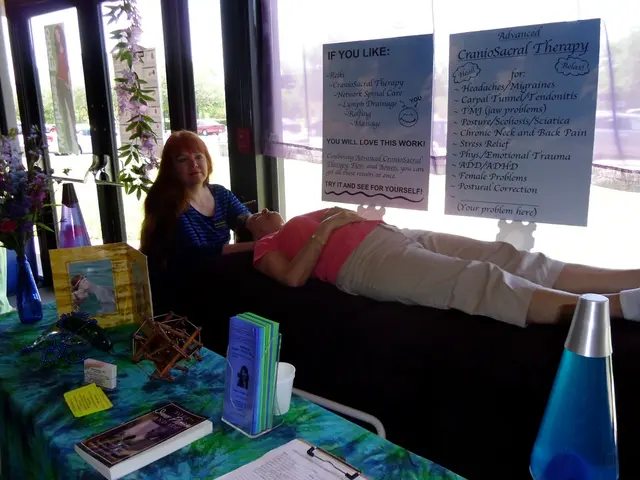Exploring VA Disability Ratings for Depression Resulting from Back Pain: An In-depth Overview
For veterans suffering from chronic back pain and depression, understanding the VA disability compensation system and the process for claiming depression as a secondary condition can be vital. Here's a breakdown of the steps involved in making a successful claim.
## Establishing a Service Connection
The first step is to establish a service connection for the primary disability, in this case, back pain. Veterans must demonstrate that their back pain causes or worsens their depression.
## Medical Nexus
A critical piece of evidence in establishing the connection between depression and service-connected back pain is a medical nexus, which is an opinion from a healthcare provider explaining how the primary condition (back pain) contributes to the secondary condition (depression).
## Diagnostic Criteria
The VA uses the Diagnostic and Statistical Manual of Mental Disorders (DSM) criteria to diagnose depression. Symptoms such as persistent feelings of sadness, loss of interest in activities, and changes in appetite or sleep patterns are considered.
## Rating Schedule
Once service connection is established, the VA uses the Schedule for Rating Disabilities (VASRD) to assign a rating for depression. The ratings range from 0% to 100%, with specific levels defined by the severity of symptoms and their impact on daily functioning.
## Combined Disability Rating
If depression is rated as a secondary condition, its rating is combined with the primary condition (back pain) to determine the overall disability compensation.
## Special Considerations
### Special Monthly Compensation (SMC)
If mental health conditions, including depression, require regular assistance from another person, veterans may qualify for higher SMC payments, which replace the standard monthly VA disability payment.
### Aggravation Claims
Veterans who had mild depression before service and it worsened due to military life, including service-connected conditions like back pain, might qualify for benefits through aggravation claims.
In conclusion, the VA evaluates depression as a secondary condition by establishing a service connection, obtaining a medical nexus, and applying the rating schedule based on symptom severity. Understanding your rights and the available benefits can help veterans manage both their physical and mental health conditions effectively.
Recognizing and addressing depression as a secondary condition to service-connected back pain is crucial for veterans' overall health and well-being. If a veteran has multiple service-connected disabilities, the VA uses a combined ratings table to calculate the overall disability rating, which can lead to higher monthly compensation and potential access to additional benefits like Total Disability based on Individual Unemployability (TDIU) and Special Monthly Compensation (SMC).
Common pitfalls to avoid when filing a claim include failing to provide sufficient medical evidence, not clearly establishing the link between back pain and depression, inconsistencies in reported symptoms or medical history, and missing deadlines. The VA's rating system for mental health conditions is not cumulative, meaning that a veteran doesn't need to meet all criteria listed for a particular rating to qualify for that percentage. Instead, the VA will assign the rating that best reflects the overall level of impairment.
Including a statement in support of the claim (VA Form 21-4138) explaining the link between back pain and depression is important. Veterans can submit their claim for depression as secondary to back pain online, by mail, or in person at a VA regional office. Factors considered in assigning a rating for depression include frequency and severity of symptoms, impact on work performance and social relationships, presence of suicidal ideation or self-harm behaviors, ability to perform daily living activities, and cognitive functioning.
For further support and information, consider exploring resources such as VA Mental Health Services, National Alliance on Mental Illness (NAMI) Veterans Resource Center, and Wounded Warrior Project's mental health support programs. Seeking assistance from a Veterans Service Organization (VSO) or an accredited attorney can be beneficial during the claims process.
- For veterans who have service-connected back pain, understanding the link between their back pain and increased stress, anxiety, or sleep disturbances is crucial for their mental health.
- The Diagnostic and Statistical Manual of Mental Disorders (DSM) criteria are used by the VA to diagnose mental health conditions like anxiety or depression, which can be exacerbated by chronic back pain.
- Seeking help from healthcare providers who are knowledgeable about health-and-wellness, mental health, and sleep disorders can provide valuable medical nexus opinions that support a claim for depression as a secondary condition due to service-connected back pain.
- Mental health resources such as VA Mental Health Services, National Alliance on Mental Illness (NAMI) Veterans Resource Center, and Wounded Warrior Project's mental health support programs can offer assistance and guidance to veterans struggling with depression and sleep issues related to their service-connected back pain.




